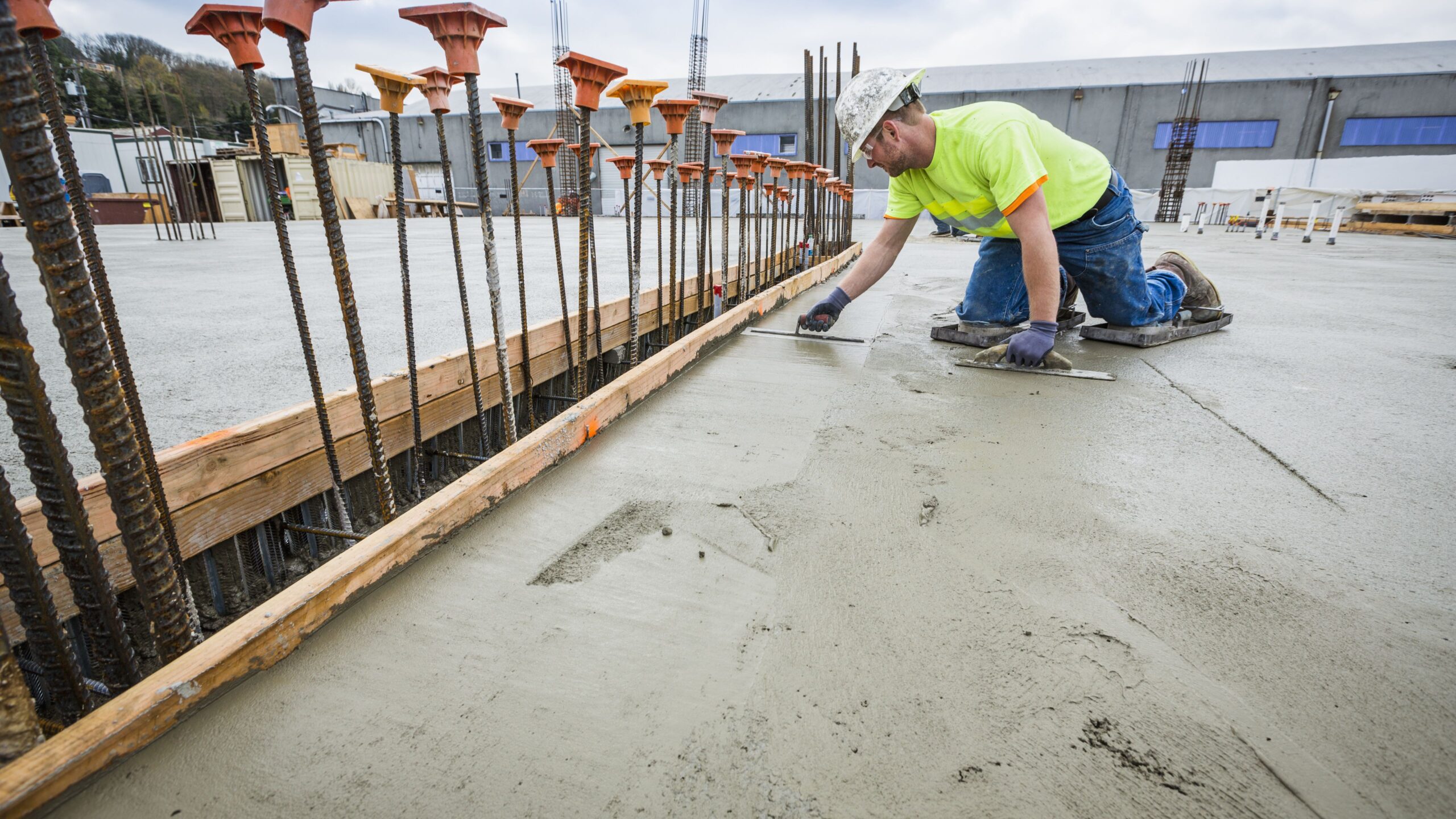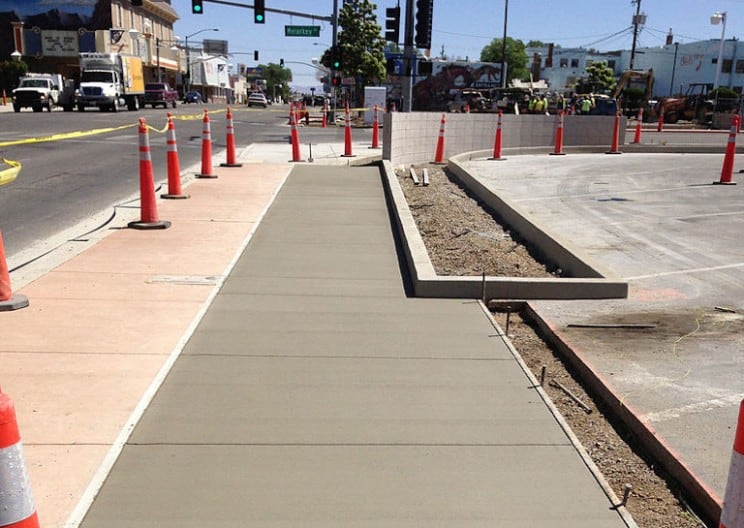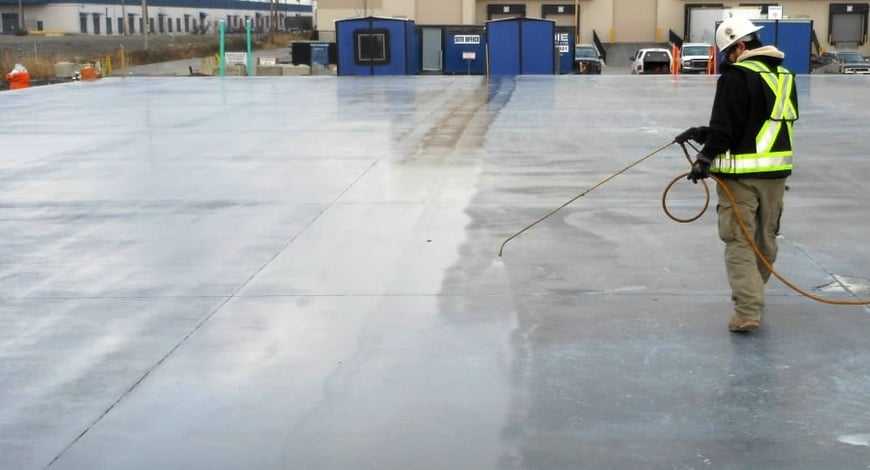
Curing Quality Concrete Slabs
The ultimate goal of curing a concrete slab is for the finished product to be strong, smooth and flat. To achieve that you must make the curing process high priority of importance. Many believe that the curing process is only about maintaining moisture on the new concrete’s surface, but there’s actually so much more to it. Quality curing involves allowing cement and water to bond and react properly. Below are basic curing tips to ensure your next concrete job is a success.
Keeping The Moisture
After mixing and pouring your new concrete, it’s important to make sure you have plenty of water available. The surface of the concrete will begin to dry-out, which calls for curing. There are three methods to cure concrete. So if the goal is to keep the moisture, one of the things you can do is add water to the surface of the concrete. This replenishes the moisture that’s evaporating and keeps the concrete’s water level constant. Another method is to seal the concrete to keep water from evaporating. This keeps the proper level of moisture in the concrete as it dries. Or you can always do both adding water as well as using a sealer to keep the moisture present. Either way it’s important to note that the water added isn’t meant to be mixed into the concrete.
The 411 On Temperature
So you may still be thinking that the main focus of achieving a perfect slab of concrete is moisture. Yes, it is vital to the process but so is the temperature. Cement and water mixing to form concrete is a chemical reaction. The temperature of the mix needs to be warm enough for the reaction to occur. However, if it’s too warm then the reaction will happen too rapidly. If the concrete gets below 40-degrees, it stops absorbing moisture. When temperatures rise over 85-degrees, the reaction moves so rapidly that the concrete sets before you’re ready to even pour it. Ultimately, you end up with a brittle slab with no strength to fulfill it’s purpose. It’s important to note that the temperature that you need to focus on is the mix not the surroundings.
Curing Phases
It’s very important to keep your new slab of concrete at an acceptable temperature, usually between 50 and 85 degrees F, while maintaining an acceptable moisture level. This varies depending on outside temperature, humidity levels and what stage of curing you’re in. Starting immediately after pouring the slab, watch the bleed water that rises to the top of your concrete. Water will continue to rise as the concrete sets, keep an eye on it because if it’s evaporating faster than it’s rising you’ll need to start curing to avoid cracks. You’ll know if it’s evaporating because you’ll see the level dropping. As the concrete dries, the second phase of curing is implemented. Then, after that is set, the final phase of curing is done to complete your slab.
The phases of curing concrete are vital to completing a successful concrete slab that is strong and smooth every time. At Cure Tender USA, we understand the process of curing concrete and the importance of staying within the budget of every job. This is why we’ve designed a concrete curing system that is solar-powered and saves you time, money, and water on every job. Be sure to contact us today so you can see what the Cure Tender can do for you.







